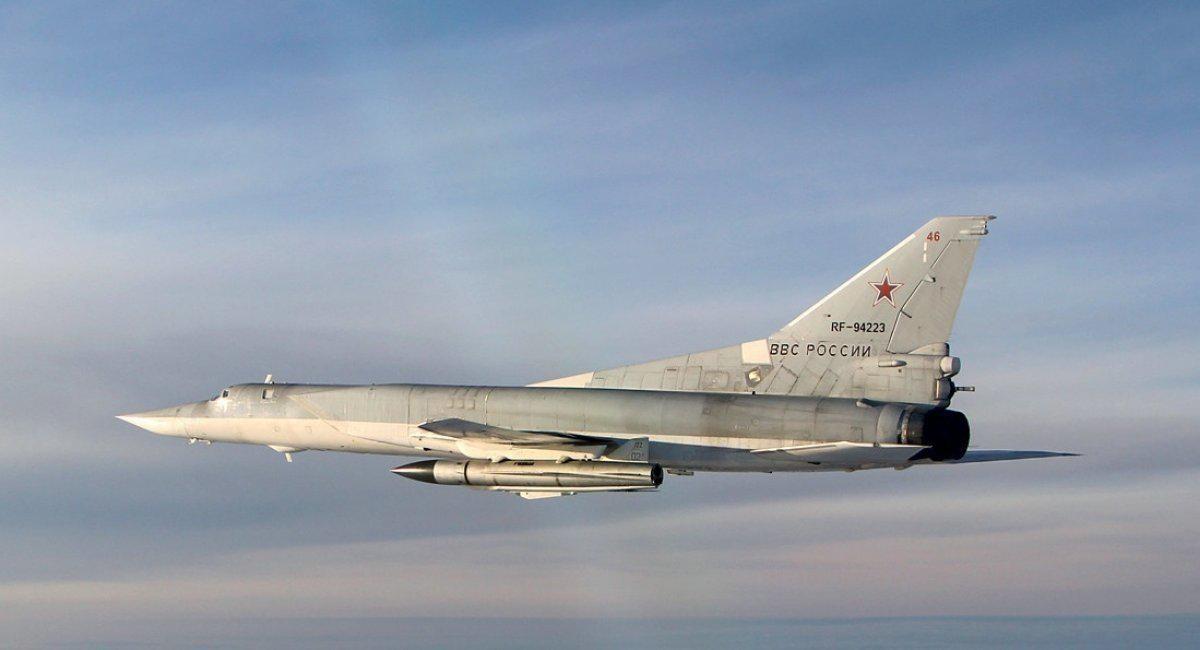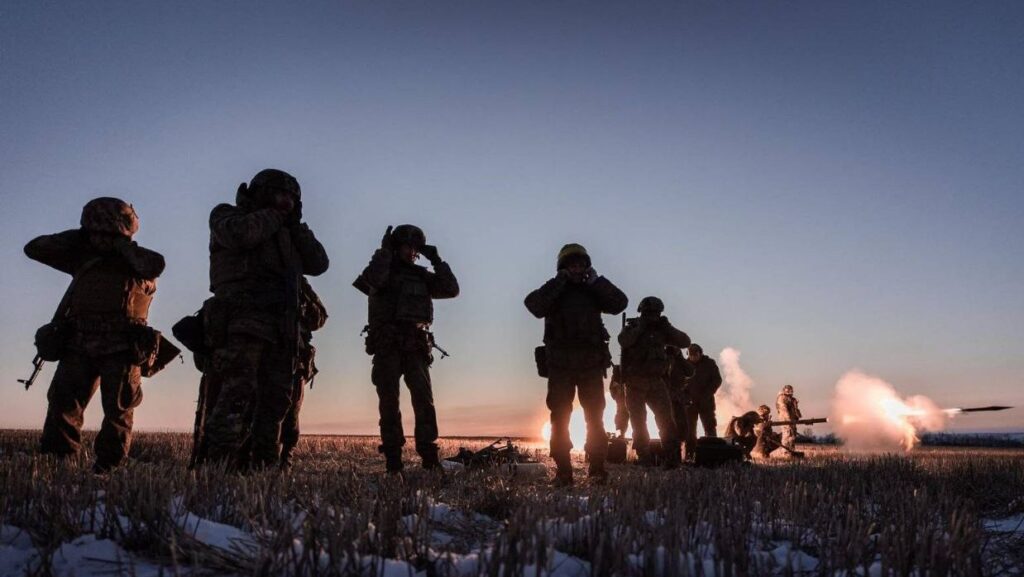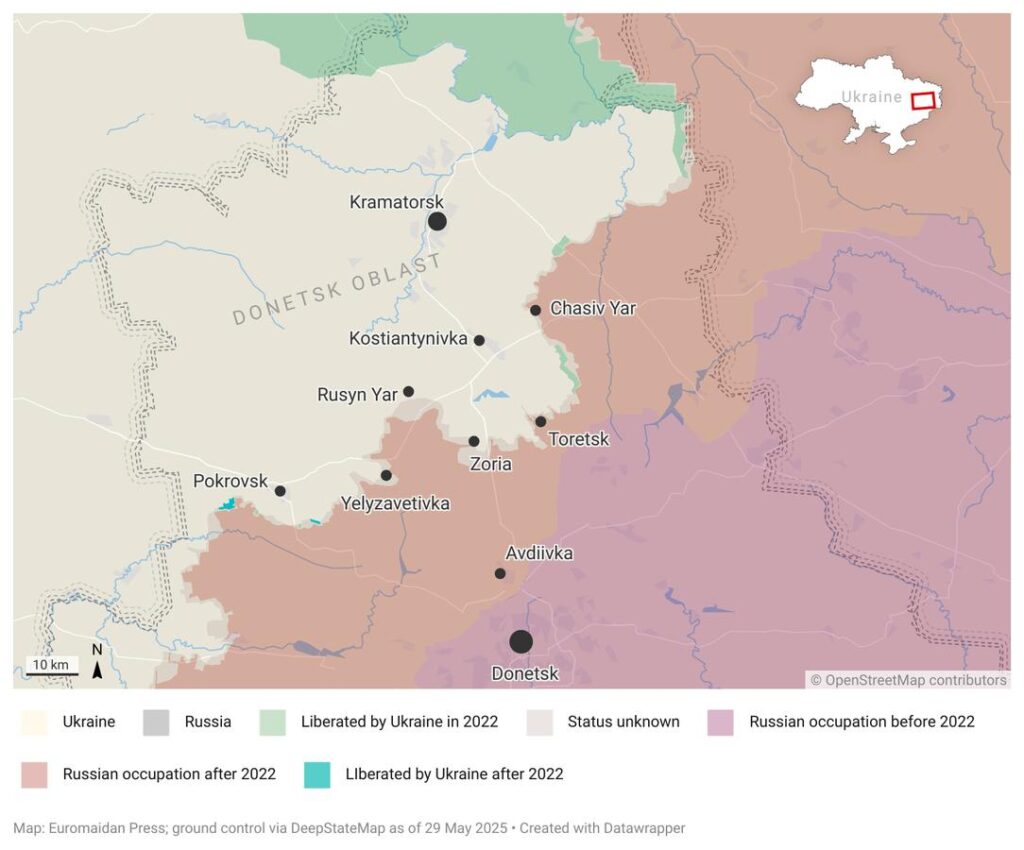Ukraine’s 60-year-old Leopard tank switched from sniper mode—and Russian troops never saw it coming
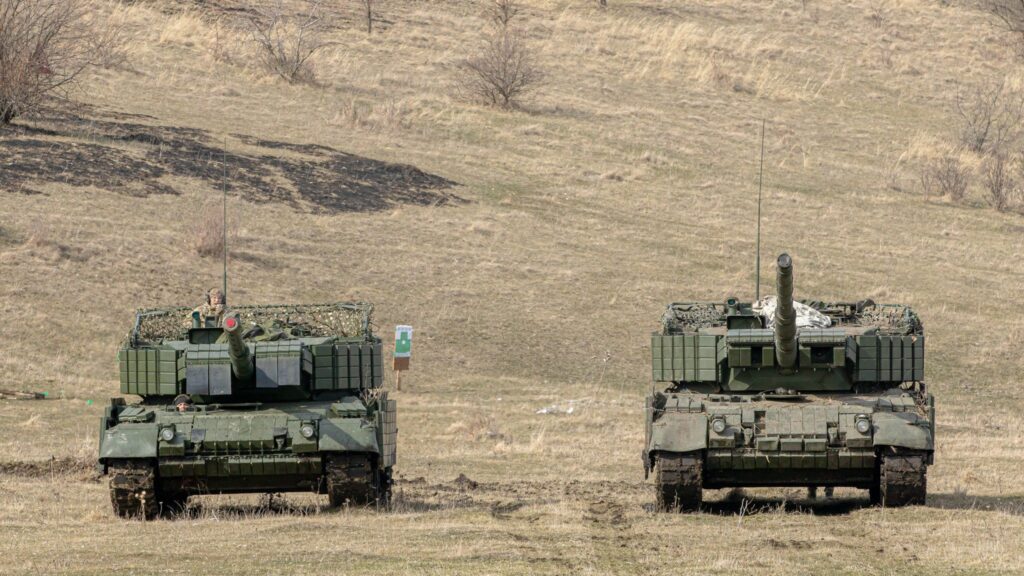
When Russian infantry seized a position east of Pokrovsk, a fortress city in eastern Ukraine’s Donetsk Oblast, one of the Ukrainian army’s German-made Leopard 1A5s left its hideout to blast the Russians with a 105-millimeter shell fired at point-blank range.
Frustrated in their attempts to directly attack Pokrovsk, Russian forces are trying to flank the city—by rolling through the town of Kostyantynivka, 40 km to the northeast.
On Wednesday, a substantial Russian force—around a dozen up-armored BMPs and other vehicles—split into two sections and rolled northeast from the village of Novoolenivka, heading for the village of Yablunivka, the next stop on the road to Kostyantynivka.
They didn’t get very far. The Ukrainian 36th Marine Brigade and 12th Azov Brigade spotted the approaching vehicles—and hit them with drones and potentially other munitions. When the smoke cleared, half or more of the vehicles were on fire.

“No Russian tank would survive”: German Leopard 2A4 withstands 10 FPV drone strikes in Ukraine
But some Russians managed to gain a lodgement around Yablunivka on or just before Thursday. We know this because the Ukrainian 5th Heavy Mechanized Brigade spotted the Russians with a drone—and deployed a Leopard 1A5 to take them out.
The up-armored tank engaged the Russians from just meters away. “Clear work, accurate fire and cold calculation—the enemy is demoralized, the positions are burned!” the 5th Heavy Mechanized Brigade crowed.
It was a rare tank fight in a war increasingly fought by infantry and drones. And it was an even rarer close tank fight for Ukraine’s Leopard 1A5s. The tanks were built in the 1960s, upgraded in the 1980s, donated to Ukraine by a German-Dutch-Danish consortium four decades later and are now set to become the Ukrainian military’s most numerous Western-made tank.
The 40-ton, four-person Leopard 1A5 boasts a reliable 105-millimeter main gun and accurate fire controls, but its armor is thin compared to other tanks: just 70 millimeters thick at its thickest. That’s a third the protection a contemporary T-72 enjoys.
Still, “it is too early to write off this tank as scrap metal,” insisted the Ukrainian army’s 508th Separate Repair and Restoration Battalion, which retrieves, repairs and returns to the front line all manner of damaged armored vehicles. “It just so happened that it first met the opponent it was designed to fight 60 years later and it’s a completely different tank now, to be fair.”
The European consortium has pledged 170 Leopard 1A5s to Ukraine, drawing the old vehicles from surplus Belgian, Danish and German stocks and refurbishing them for onward transfer. The Ukrainian army further upgrades the tanks with add-on reactive armor and anti-drone cages.
The extra armor weighs down and slightly slows the otherwise nimble Leopard 1A5—but that’s a small price to pay. “Drones are the biggest threat to tanks nowadays so we had to take necessary steps even though the extra weight slightly impaired mobility,” the 508th SRRB noted.
Of the hundred or so Leopard 1A5s the Germans, Dutch and Danes have delivered since late 2023, the Russians have hit 18 of them, destroying 13.
Minimal losses
The 508th SRRB considers that an acceptable rate of loss—and credits the crews of the three or so army and national guard brigades that operate the tanks. “There are reasons to believe that they are being used properly,” the restoration battalion stated.
But the close fight outside Yablunivka was unusual. The Leopard 1A5 works best as a “mobile sniper tank,” the 508th SRRB asserted.
“A well-trained crew can fire 10 rounds per minute while its Russian opponents fire six to 10 rounds. Add a modern fire control system that allows accurate fire from a distance of 4 km during the day and about 3 km at night and you get a real hunter capable of taking down prey that doesn’t even know it’s being hunted.”
Given the growing threat from tiny drones that are everywhere all the time along the front line of Russia’s 40-month wider war on Ukraine, tank crews on both sides tend to hide their vehicles in dugouts or urban areas, rolling out only to fire a few rounds at distant targets.
It’s a new “era of the cautious tank,” according to David Kirichenko, an analyst with the Center for European Policy Analysis in Washington, D.C.
The Leopard 1A5 is good at this kind of combat. “After taking the shot that may disclose the tank’s position, a Leopard can quickly roll back to cover,” the 508th SRRB explained. “It is true the armor of the first Leopard is really weak, but it doesn’t matter if the enemy even has no time to see it.”
While suited to quick fire missions from concealed positions, the Leopard 1A5 isn’t necessarily appropriate for other tasks that heavier tanks might perform: direct assaults on defended positions and close combat with enemy armor, for instance.
“It is safe to say that the concept of a mobile sniper tank is quite successful and effective, although not very versatile,” the 508th SRRB concluded.
But the situation around Kostyantynivka is urgent, despite the Ukrainians’ recent successes defending the approaches to the town.
“Ukrainian units prevented any deterioration of tactical positions” in recent days, the Ukrainian Center for Defense Strategies noted. But “the enemy continues to build up forces for further attacks.”
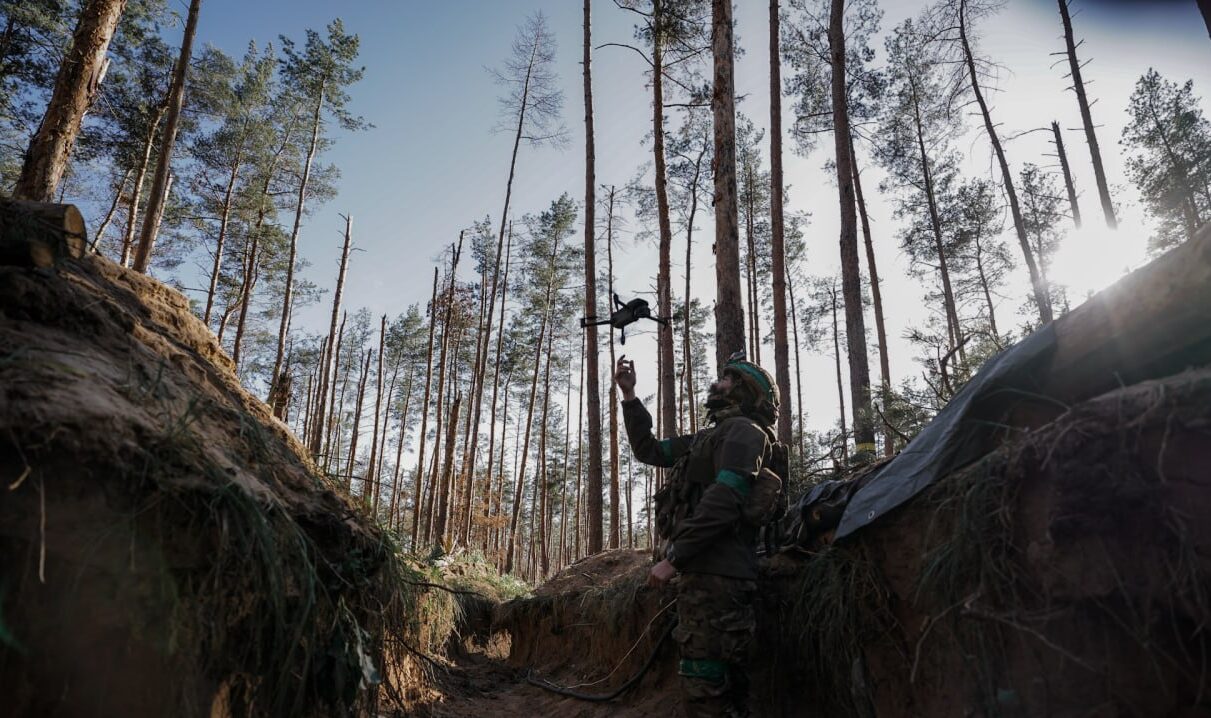

 48.401173, 37.676050 destr. BMP-2 675
48.401173, 37.676050 destr. BMP-2 675 48.400666, 37.675930 UA AFV loss
48.400666, 37.675930 UA AFV loss 48.415713, 37.67238 destr. BMP-2 675
48.415713, 37.67238 destr. BMP-2 675
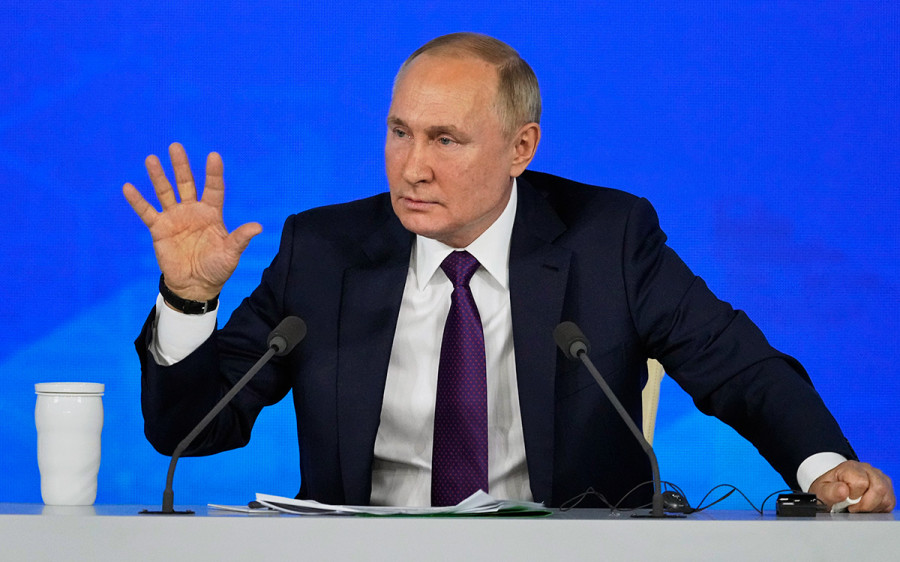
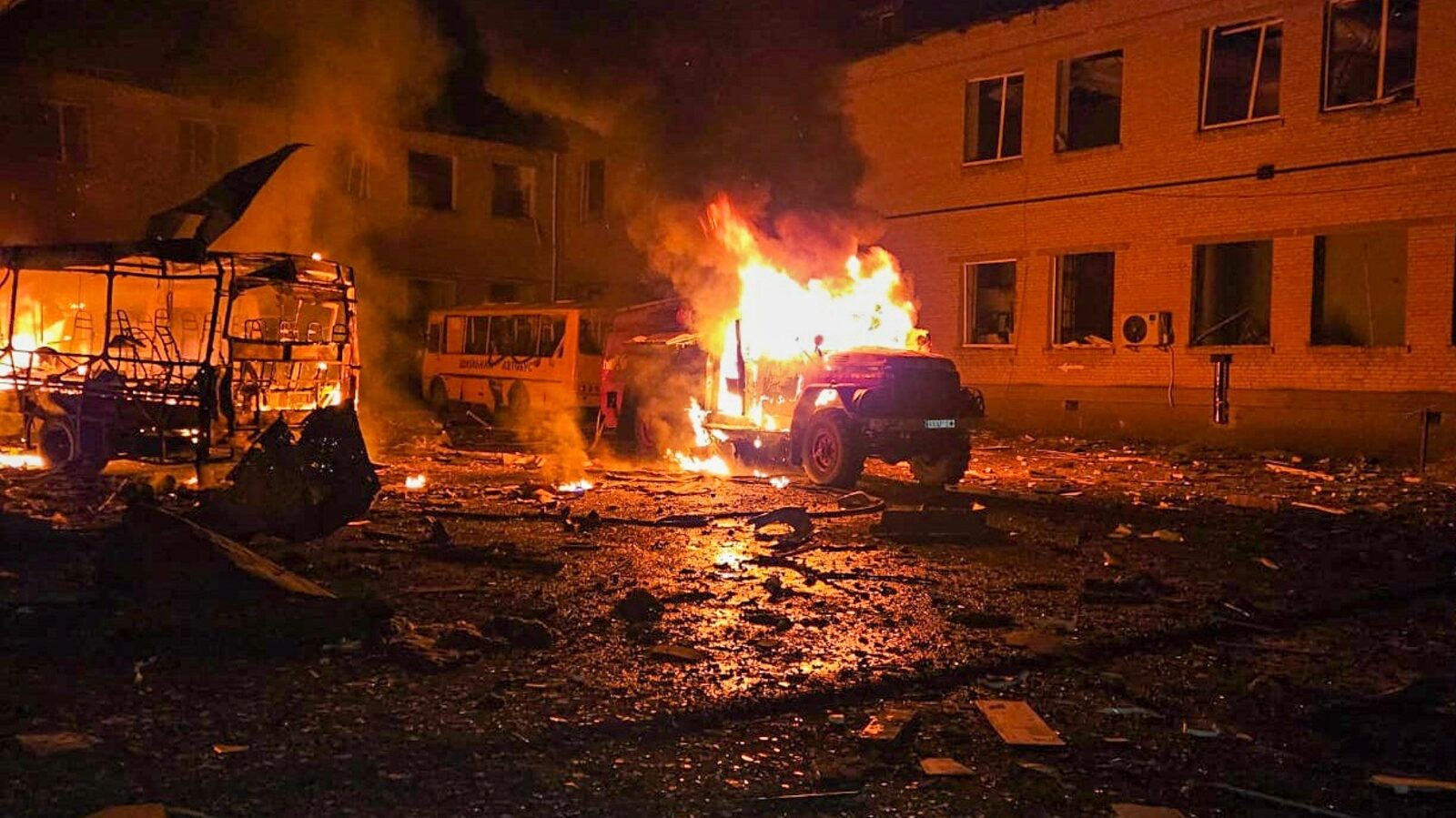

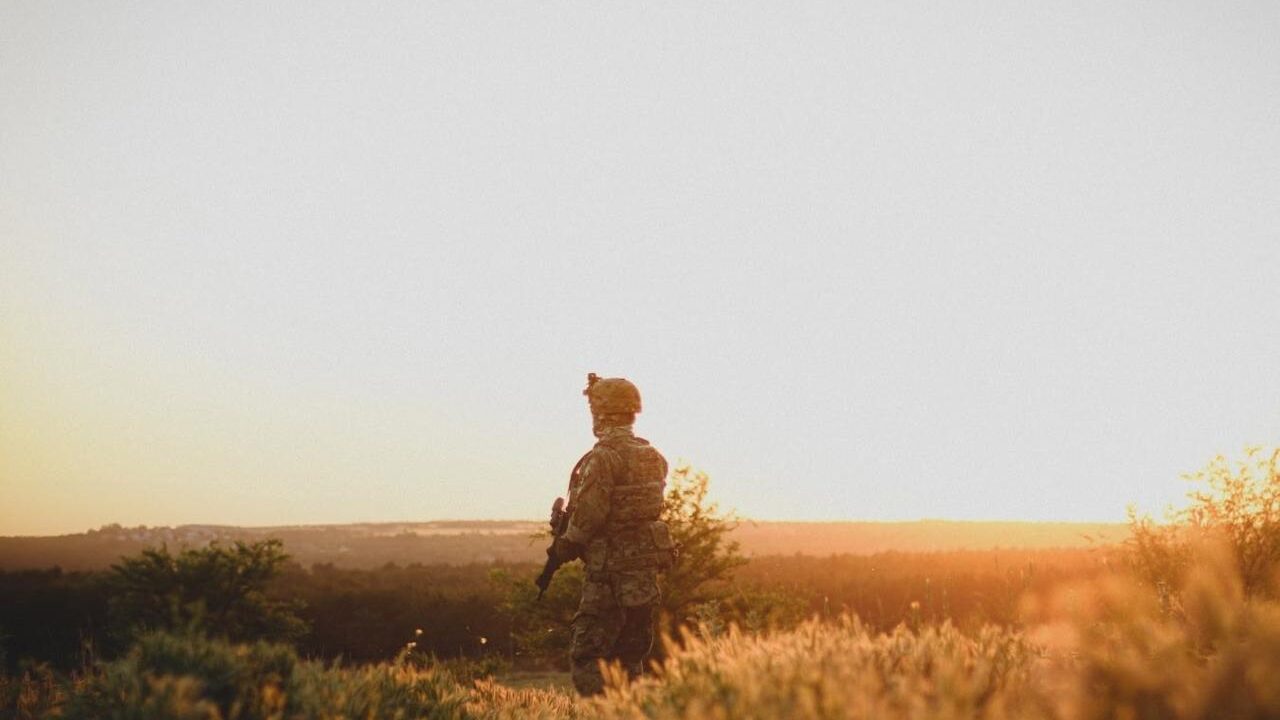


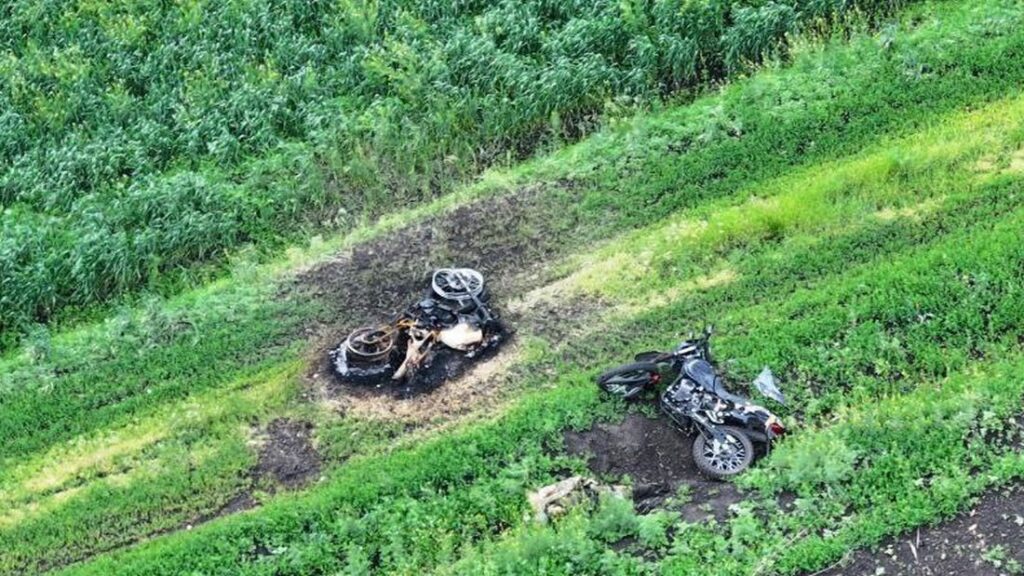

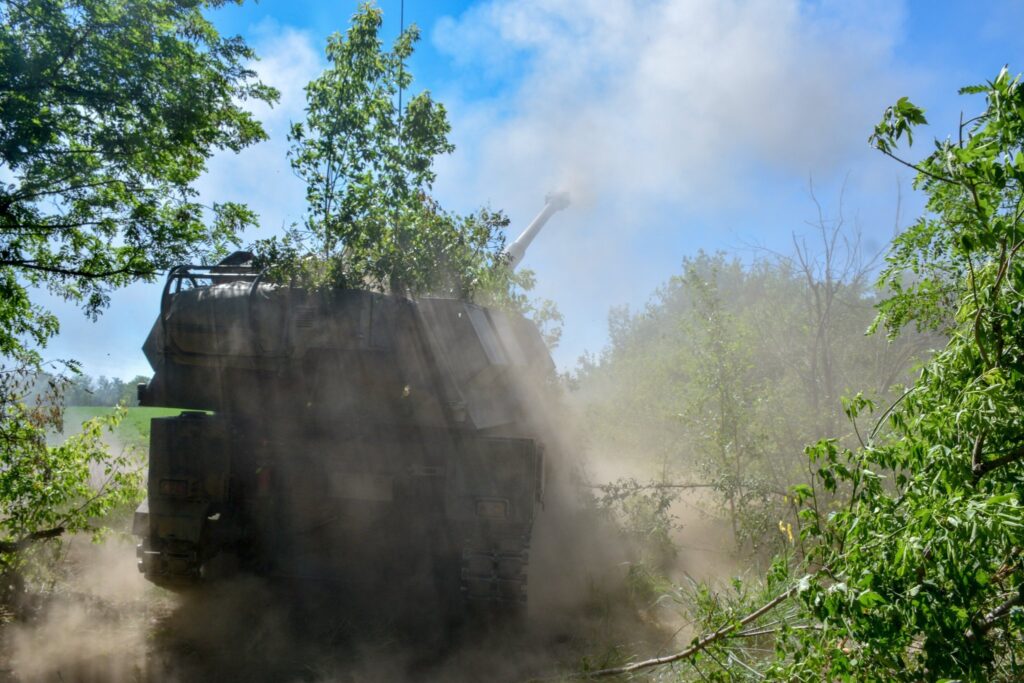
 ☧ (@WarVehicle)
☧ (@WarVehicle) 
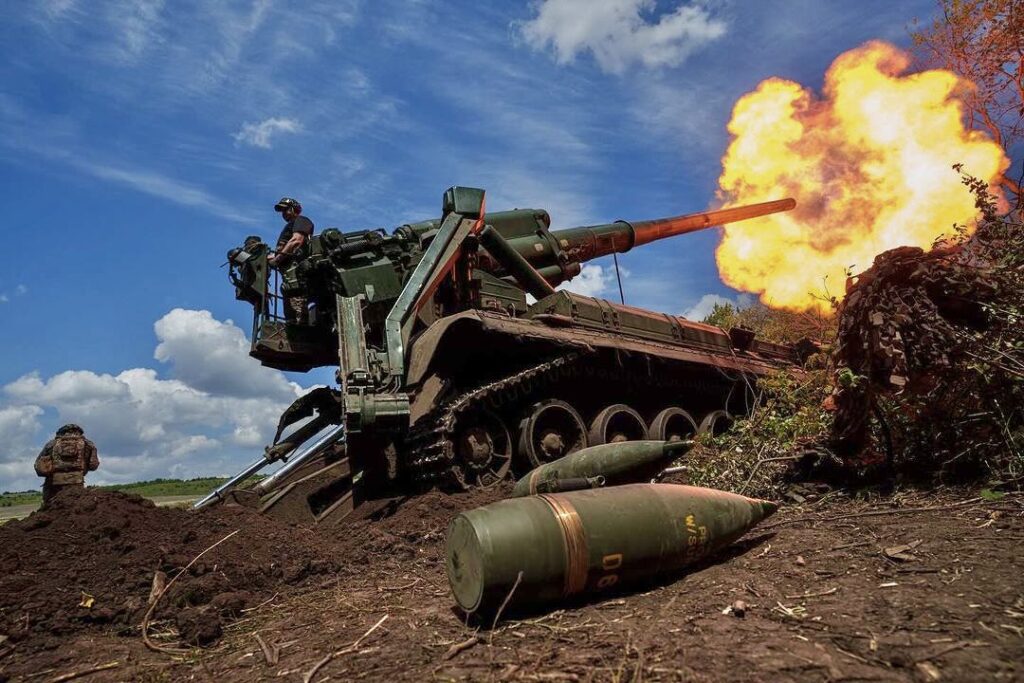


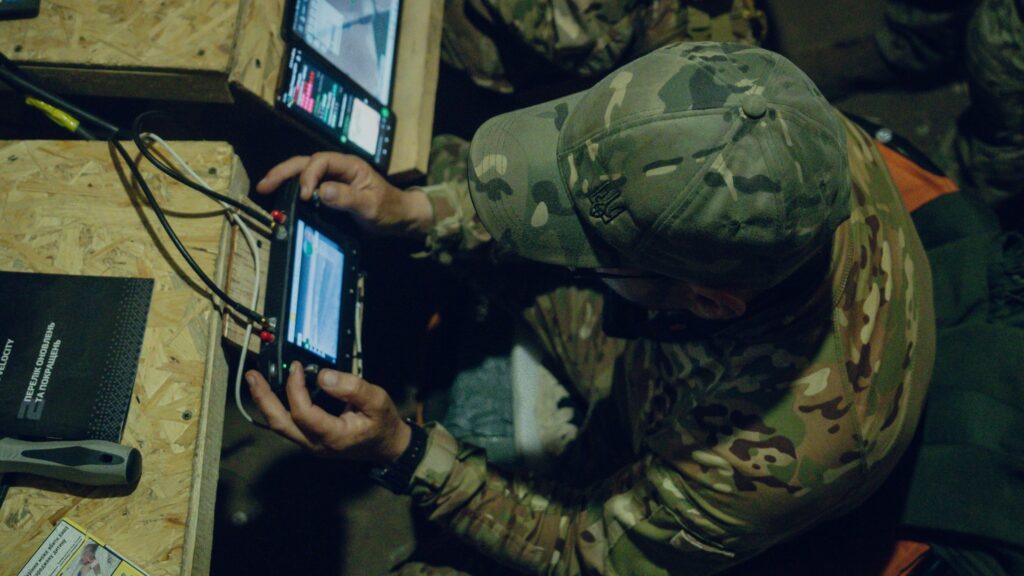

 (@bayraktar_1love)
(@bayraktar_1love) 
 (@GrandpaRoy2)
(@GrandpaRoy2) 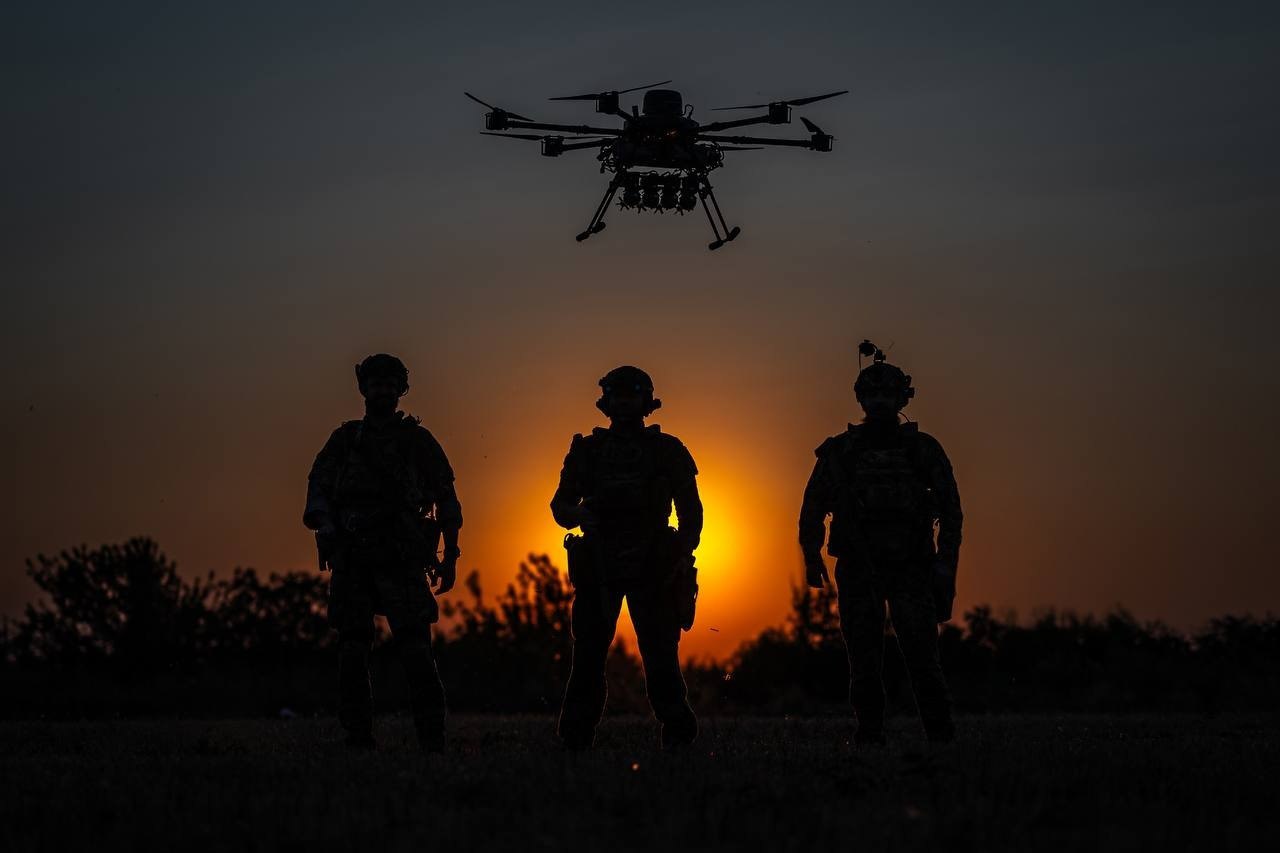
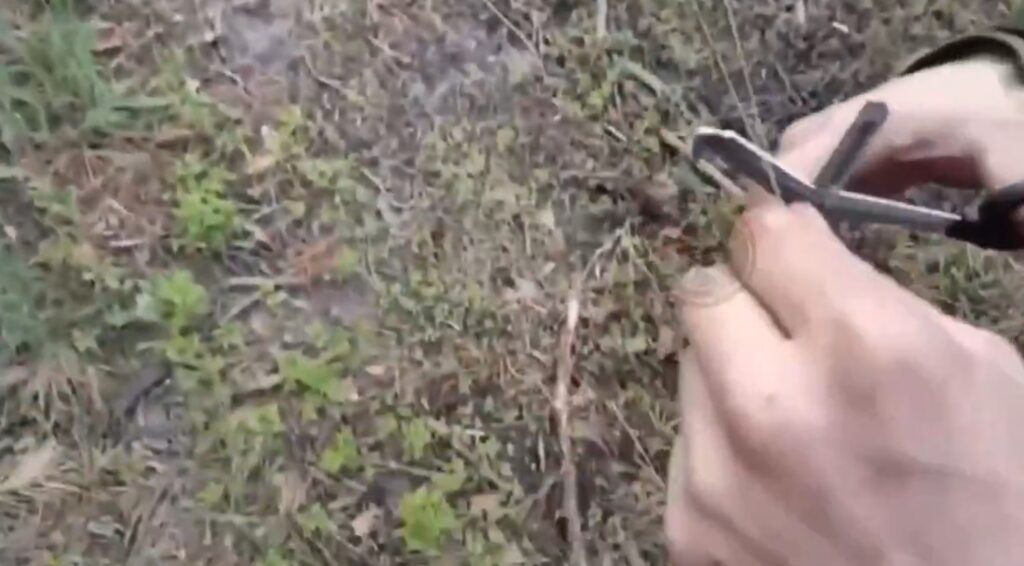


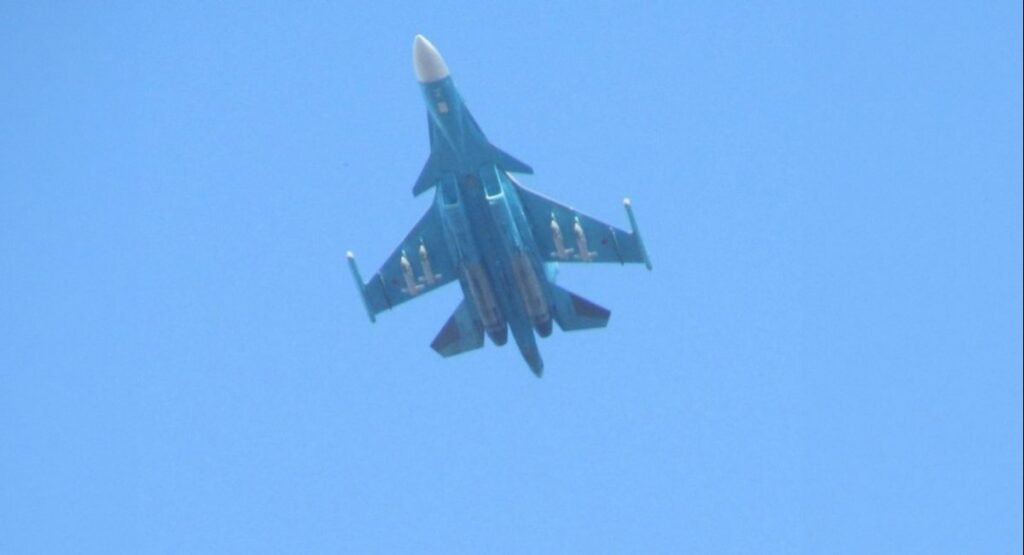
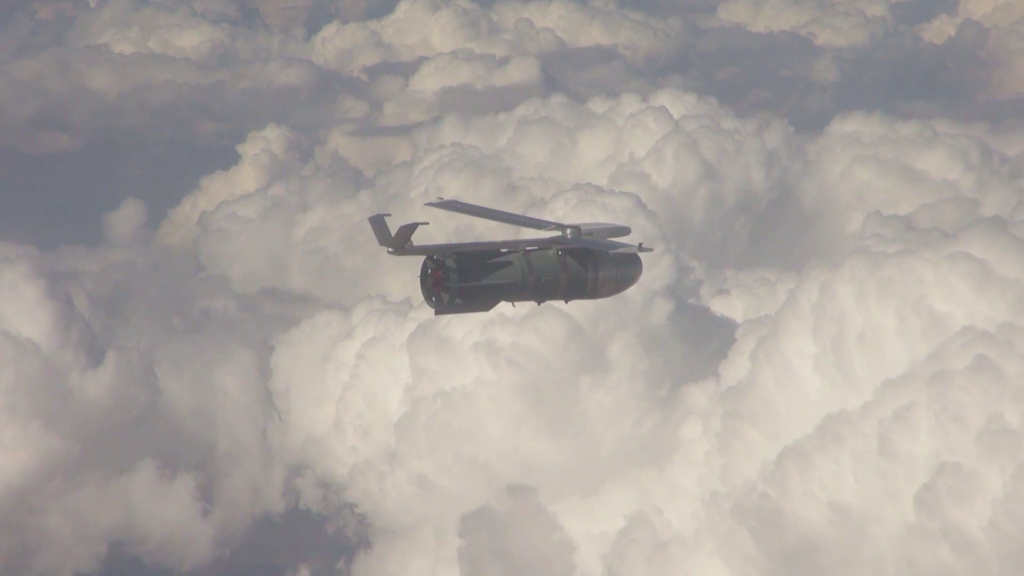

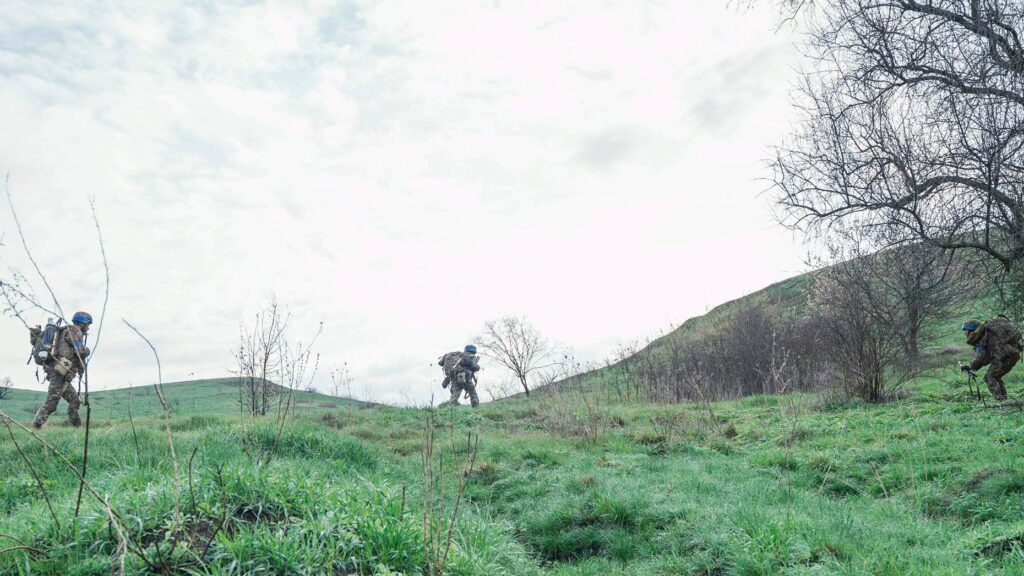
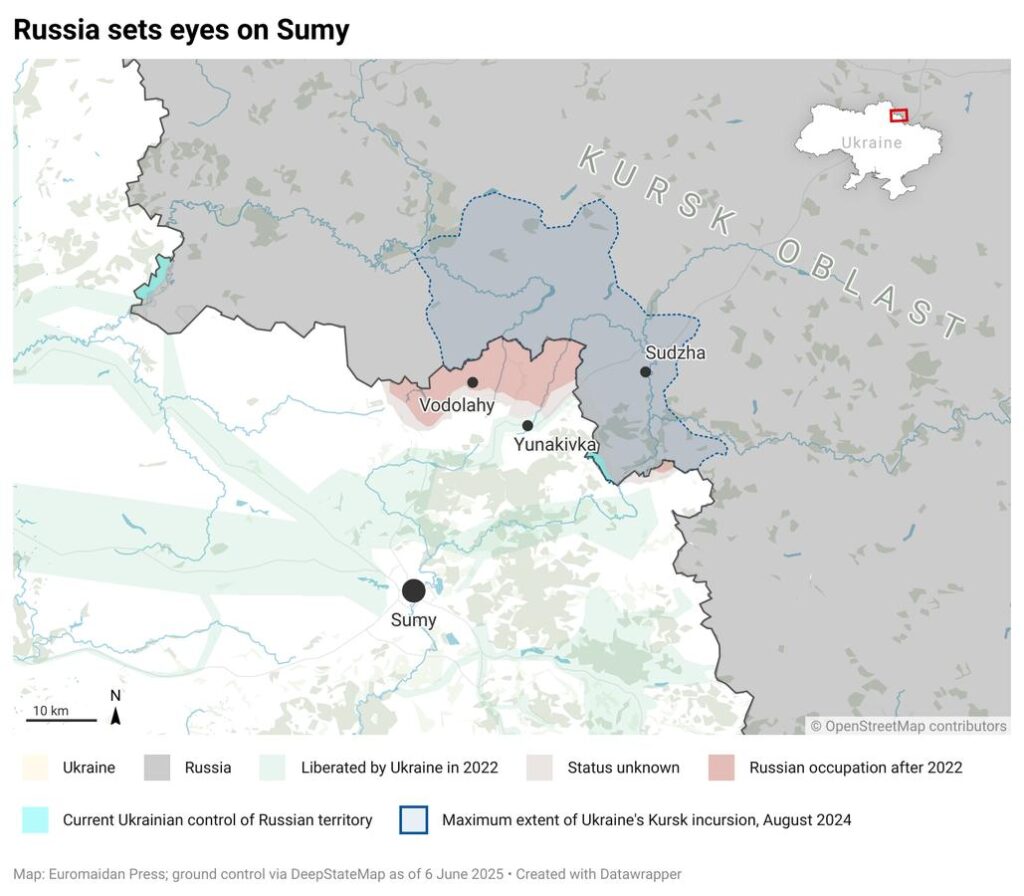
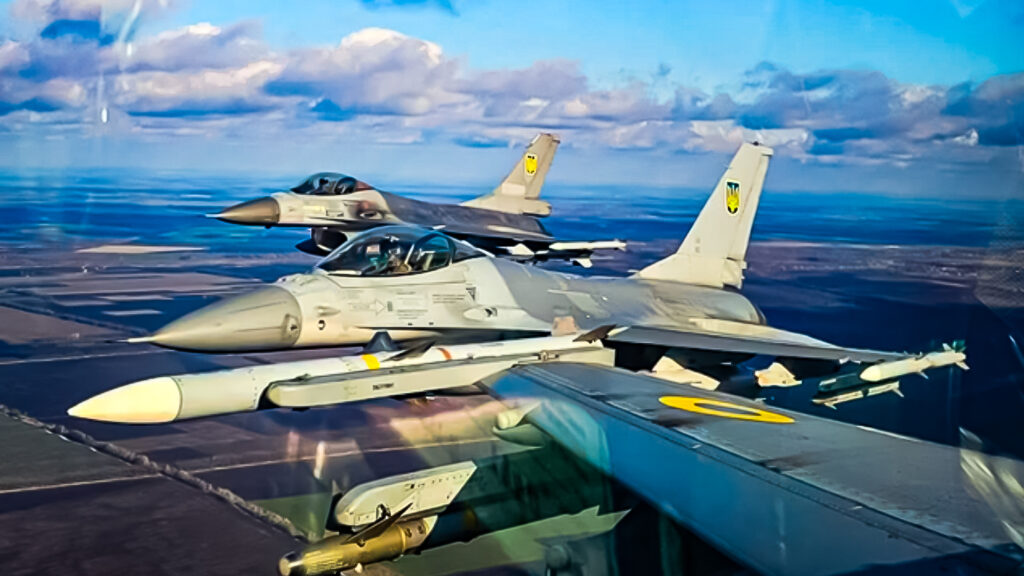

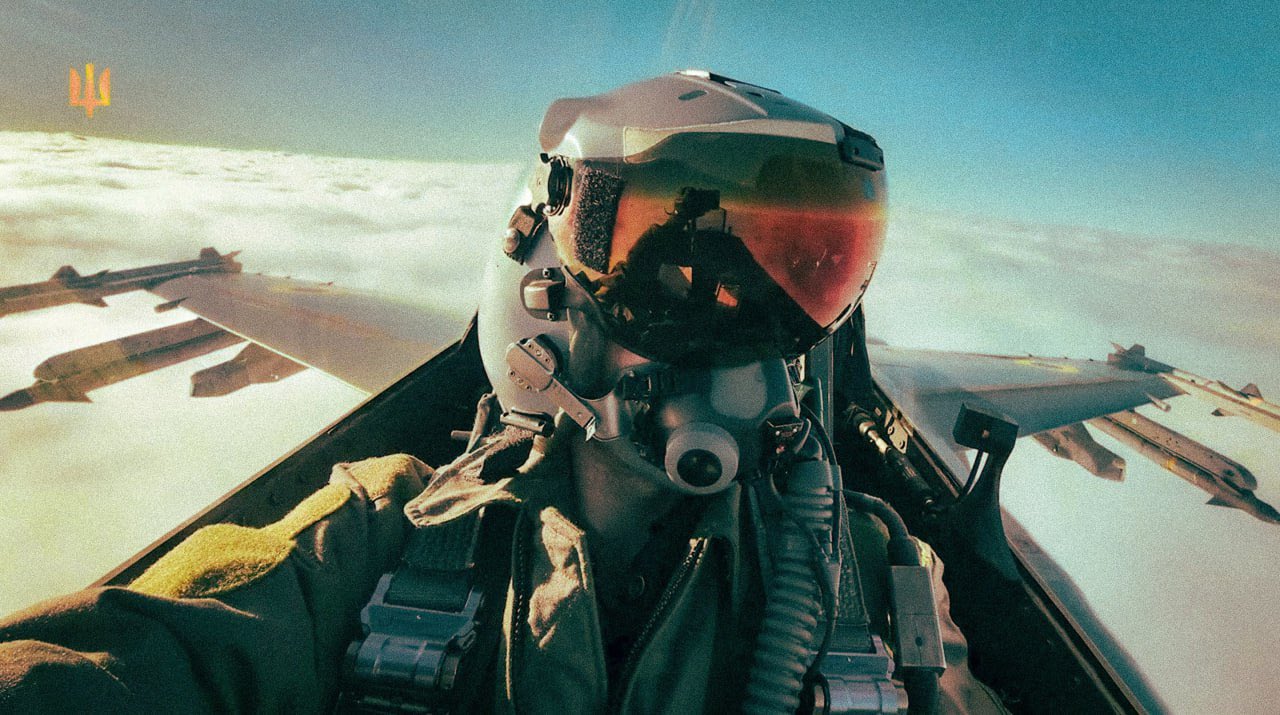


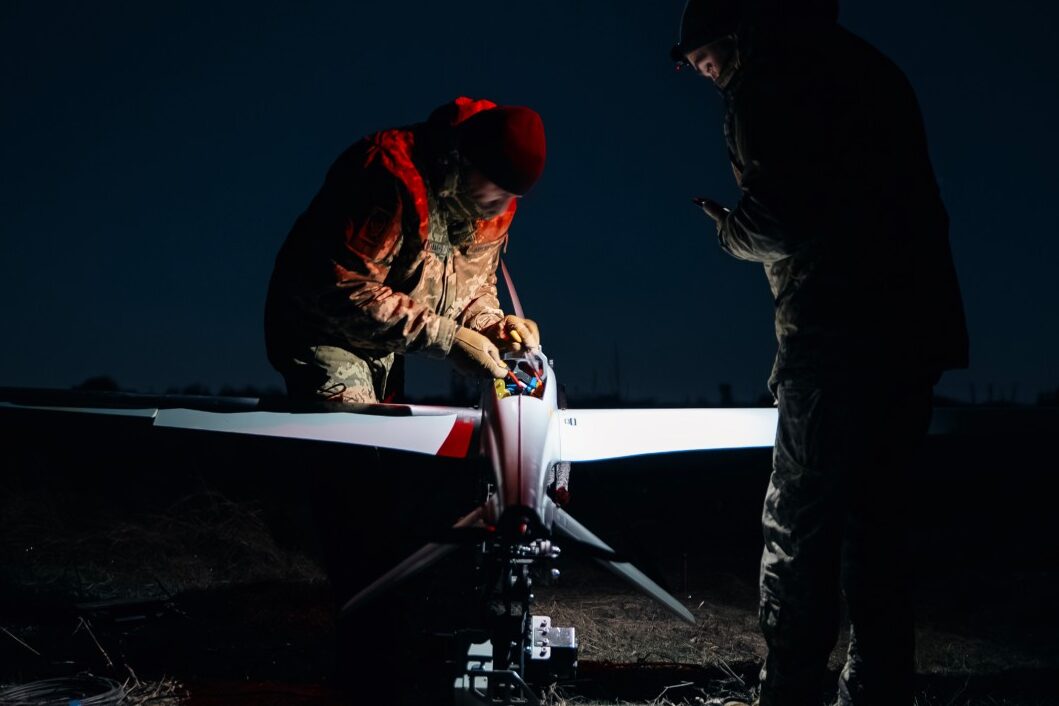
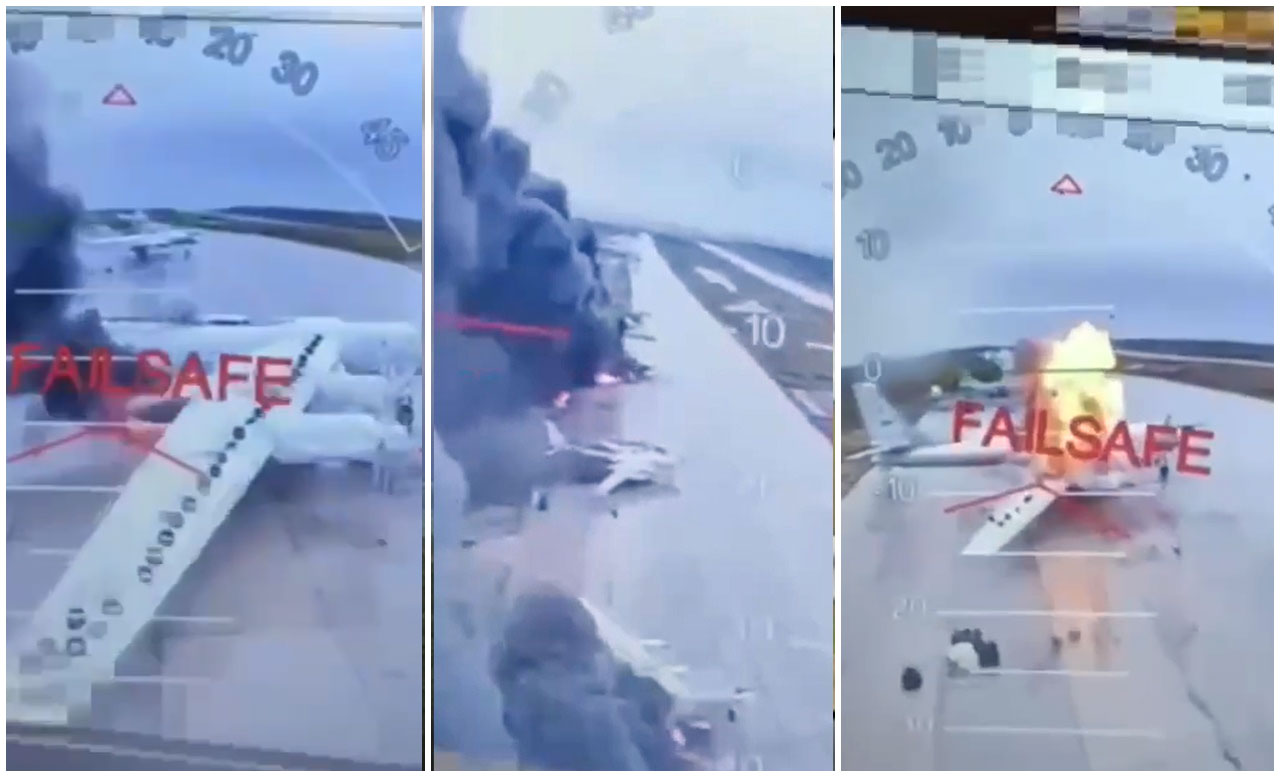


 Ukrainian Su-27 of the 39th Tactical Aviation Brigade successfully engaged and destroyed a Russian surface-to-air missile system (SAM) using an HARM missile. The strike occurred while the aircraft was performing an escort role for a strike group.
Ukrainian Su-27 of the 39th Tactical Aviation Brigade successfully engaged and destroyed a Russian surface-to-air missile system (SAM) using an HARM missile. The strike occurred while the aircraft was performing an escort role for a strike group. 








 Russian missile strike on some kind of Ukrainian airstrip, claiming to have destroyed 3x Yak-52s(thats what im assuming they mean if they say 3x propeller UAV destroyers)
Russian missile strike on some kind of Ukrainian airstrip, claiming to have destroyed 3x Yak-52s(thats what im assuming they mean if they say 3x propeller UAV destroyers) 
